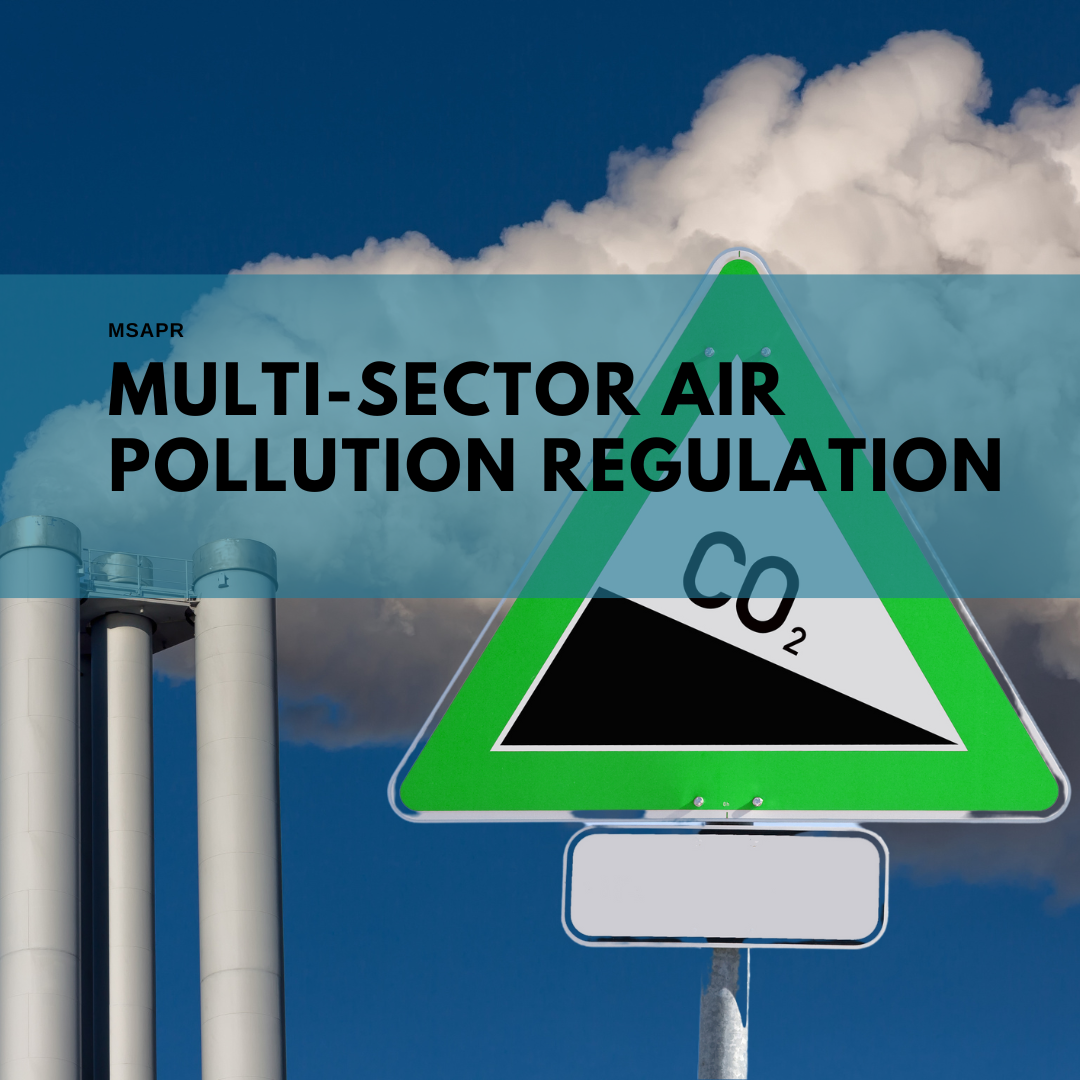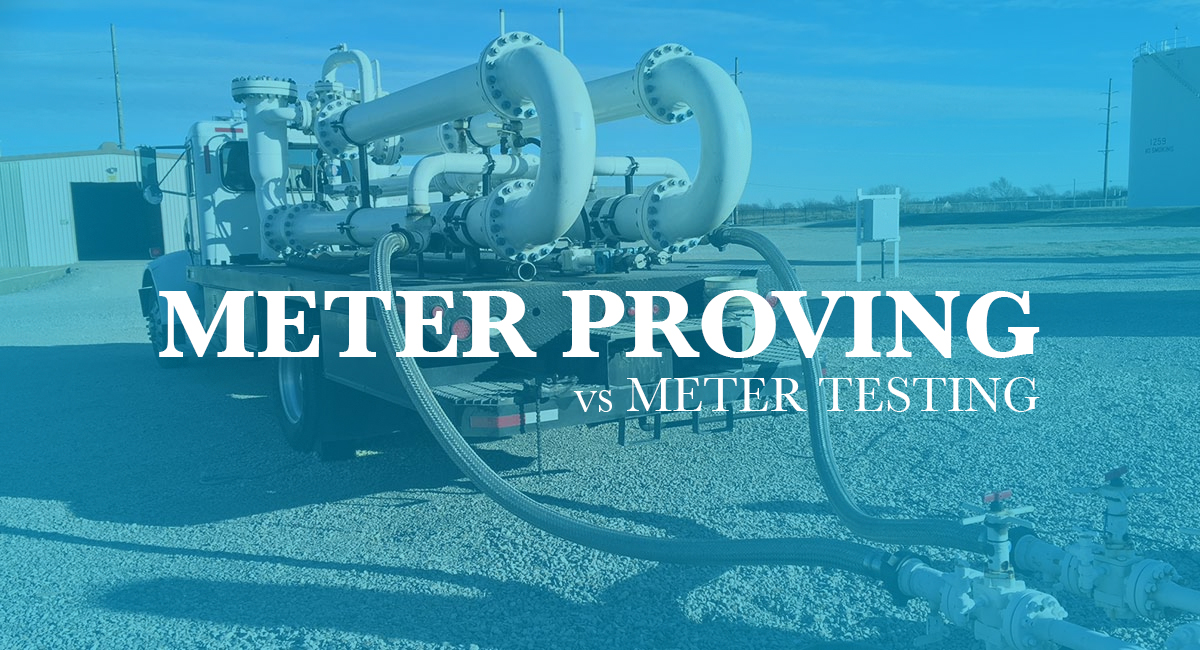Multi-sector air pollution regulations (MSAPR) are a set of rules meant to reduce the amount of air pollutants discharged into the environment from various sources. The restrictions attempt to reduce the quantity of pollution emitted by many sectors, including energy generation, transportation, and industrial activities.
There are various advantages to multi-sector air pollution regulations. For starters, these restrictions can aid in reducing the amount of air pollutants emitted into the environment. Asthma and other respiratory illnesses are among the health dangers related with air pollution. Furthermore, lowering air pollutants can assist to reduce the amount of climate-change-causing greenhouse gases discharged into the environment.
 Aside from the health and environmental benefits, multi-sector air pollution restrictions can also help businesses save money. This is due to the fact that laws can help to lower the amount of energy and resources required to manufacture a product or service. This can aid in lowering the expenses of energy production, transportation, and industrial processes.
Aside from the health and environmental benefits, multi-sector air pollution restrictions can also help businesses save money. This is due to the fact that laws can help to lower the amount of energy and resources required to manufacture a product or service. This can aid in lowering the expenses of energy production, transportation, and industrial processes.
The federal government is normally in charge of enforcing multi-sector air pollution restrictions, but local governments can also do so. Businesses may be obliged to install technology to limit the amount of air pollutants released by their facilities, depending on the rules. Businesses may also be obliged to minimize their emissions by employing more efficient equipment or cleaner fuels.
Multi-sector air pollutants restrictions can also help to reduce the economic costs of air pollution. Businesses can save the costs of repairing and replacing damaged equipment, as well as the costs of providing medical care to those impacted by air pollution, by minimizing the amount of air pollutants emitted into the atmosphere.
Multi-sector air pollution regulations (MSAPR) are critical to safeguarding the environment and the health of those exposed to air pollution. Businesses can save money, safeguard the environment, and lower the risk of health problems linked with air pollution by minimizing the amount of air pollutants emitted into the atmosphere.








Follow Us